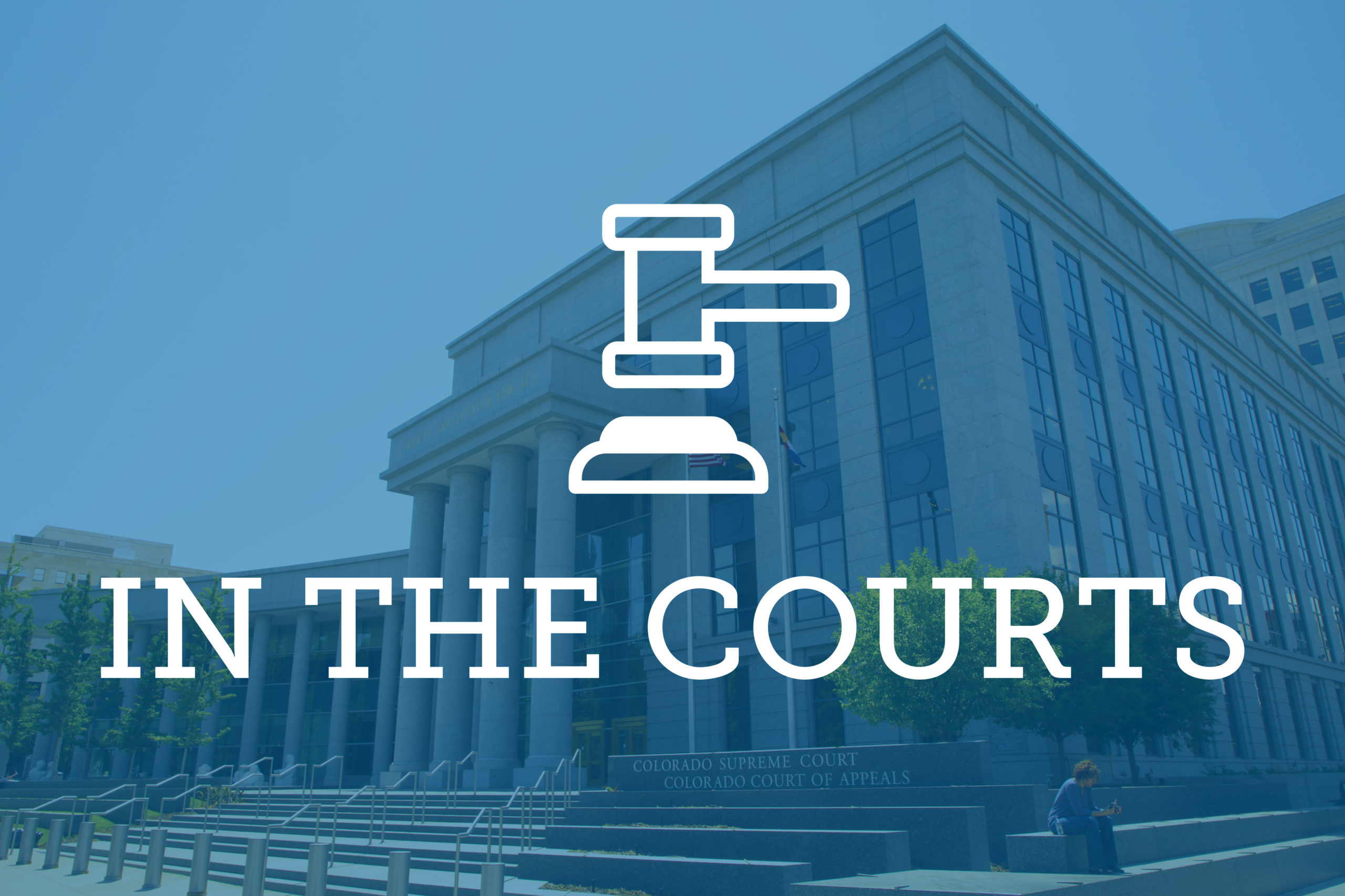
The 10th Circuit Court of Appeals decided last week that eight memes a defendant posted on a social media network could be used in his trial as intrinsic evidence.
The appeal arose out of Melvin Alfred’s conviction of coercion and enticement and facilitating prostitution. Alfred was arrested through a sting operation, in which FBI agents posed as a 19-year-old woman named “Nikki” whom Alfred tried to convince to engage in prostitution. The government sought to admit as evidence eight memes that referenced pimping that Alfred had posted the memes on social media site Tagged.
Alfred used the site to message 75 other users, including the profile for the FBI’s “Nikki.” “Nikki” told Alfred she was in a bad living situation with her boyfriend and wanted to leave Denver. Alfred then encouraged Nikki to find a “trick” — a sex buyer — to get money to travel to Houston, where he lived.
Alfred was charged with attempted coercion and enticement, and eventually a second count was added of facilitating prostitution, and the government argued the memes were intrinsic to both counts because the memes were “evidence of Mr. Alfred’s social media ‘brand,’” according to the opinion.
However, Alfred objected to the memes being admitted, arguing they weren’t intrinsic evidence of the crimes, and if they were, their probative value was outweighed by the risk of unfair prejudice.
The memes were concluded to be admissible as intrinsic evidence of the crimes charged by a district court, according to the opinion. Further, while two memes were excluded, the district court found the value of the remaining six wasn’t outweighed by “danger of unfair prejudice.”
In the trial, the government referred to the memes three times: in opening statements, during an examination and in the closing argument, according to the opinion.
In his appeal, Alfred argued that the district court abused its discretion in finding the memes were evidence of the charged counts and the value of the six admitted memes.
The 10th Circuit panel, in its discussion, identified the question on appeal was whether the memes admission in the case was barred by the Federal Rules of Evidence 404(b)(1) and 403. The opinion stated that in admitting the memes, the district court found they were intrinsic evidence and not subject to 404(b)(1) and value was not outweighed by the danger of unfair prejudice under 403.
In order to prove Alfred’s guilt on the first count, the government had to prove that he knowingly attempted to induce, entice, coerce or persuade the fake profile “Nikki” to travel in interstate commerce and made the attempt with intent for Nikki to engage in prostitution, according to the opinion.
To prove the second count, the government had to show that Alfred used a facility in interstate commerce to facilitate and to promote, establish, carry out or manage an unlawful activity that was more than causal or sporadic, according to the opinion.
The district court found that the memes were readily available, and that they were intrinsic because they “can be easily seen,” according to the opinion. Combined with Alfred’s reaching out to other people in attempts to solicit people, the memes displayed “what he is about. And under the government’s theory at least, what he is about is pimping.” The request to exclude was denied, as was a motion to sever the two counts.
“The danger of unfair prejudice from the memes was relatively low in the context of the charges,” the opinion states. “The government was required to prove beyond a reasonable doubt that Mr. Alfred’s involvement in pimping was not casual or sporadic.”
The opinion states that the burden of proof was met by providing evidence of explicit discussions between Alfred and the FBI-led profile describing terminology and practices used in the sex trade and suggesting “she turn a ‘trick’ to get the money to travel to him.”
The opinion notes that since Tagged was a means by which the criminal conduct occurred, a jury could conclude that mems and pictures were integral part of solicitation attempts and advancement of his business.
And while the memes provided evidence of Alfred’s interest in pimping “prejudice arose from the fact that they tended to show Mr. Alfred was, aspired to be, or held himself out as, a pimp. This was probative of an element of the offense.”
The trial court had broad discretion to determine whether prejudice, inherent otherwise relevant evidence, outweighs its probative value.
“As the maximum probative value of the memes was high and the minimum unfair prejudice relatively low, the district court acted well within its discretion in holding that any danger of unfair prejudice did not substantially outweigh the memes’ probative value,” the opinion states.
The maximum probative value of the memes was “significant,” according to the opinion. While they were posted years earlier may “slightly” diminish the probative value, the memes were available “in real time” to Alfred’s page “with the click of a mouse.” Further, many of the memes referenced why a sex worker benefits from having a pimp. The result being that the memes supporting the governments charge against Alfred that his interaction with Nikki wasn’t casual or sporadic as an incident.
“The district court’s factual findings about the availability and purpose of the memes are not erroneous, let alone clearly erroneous,” the opinion states.
— Avery Martinez

